The development of jet fighters revolutionized military aviation and led to significant advancements in technology and tactics. These vintage Thunderjets were not only key players in their time but also laid the groundwork for modern aerial combat. Discover how each of these iconic aircraft made its mark on aviation history.
Lockheed P-80 Shooting Star
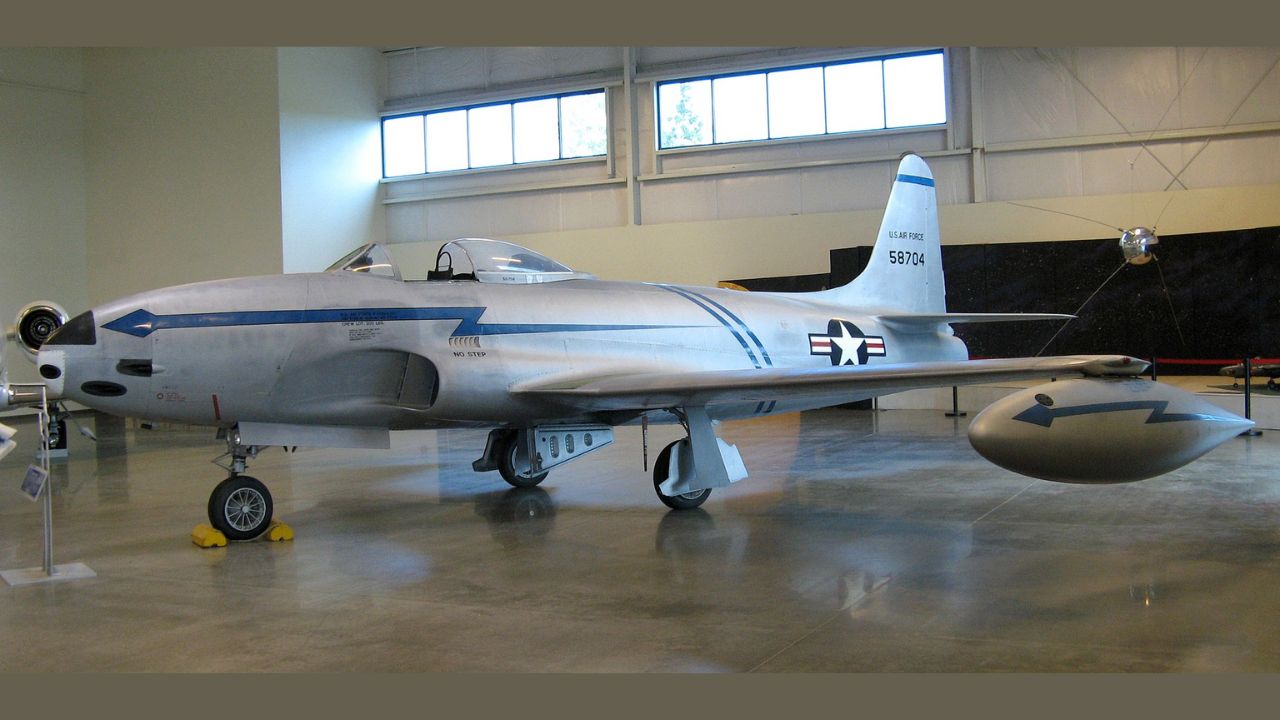
The Lockheed P-80 Shooting Star was the first jet fighter used operationally by the United States Army Air Forces. Developed during World War II, it was a pioneering design that marked the transition from propeller-driven to jet-powered aircraft. With its sleek design and powerful engine, the P-80 set new standards for speed and performance in its era, influencing the development of subsequent jet fighters.
Despite entering service too late to participate in WWII combat, the P-80 played a significant role in the early stages of the Cold War. Its advanced features included a pressurized cockpit and an ejection seat, which were cutting-edge technologies at the time. The legacy of the P-80 continues to be felt in modern fighter design.
Republic F-84 Thunderjet
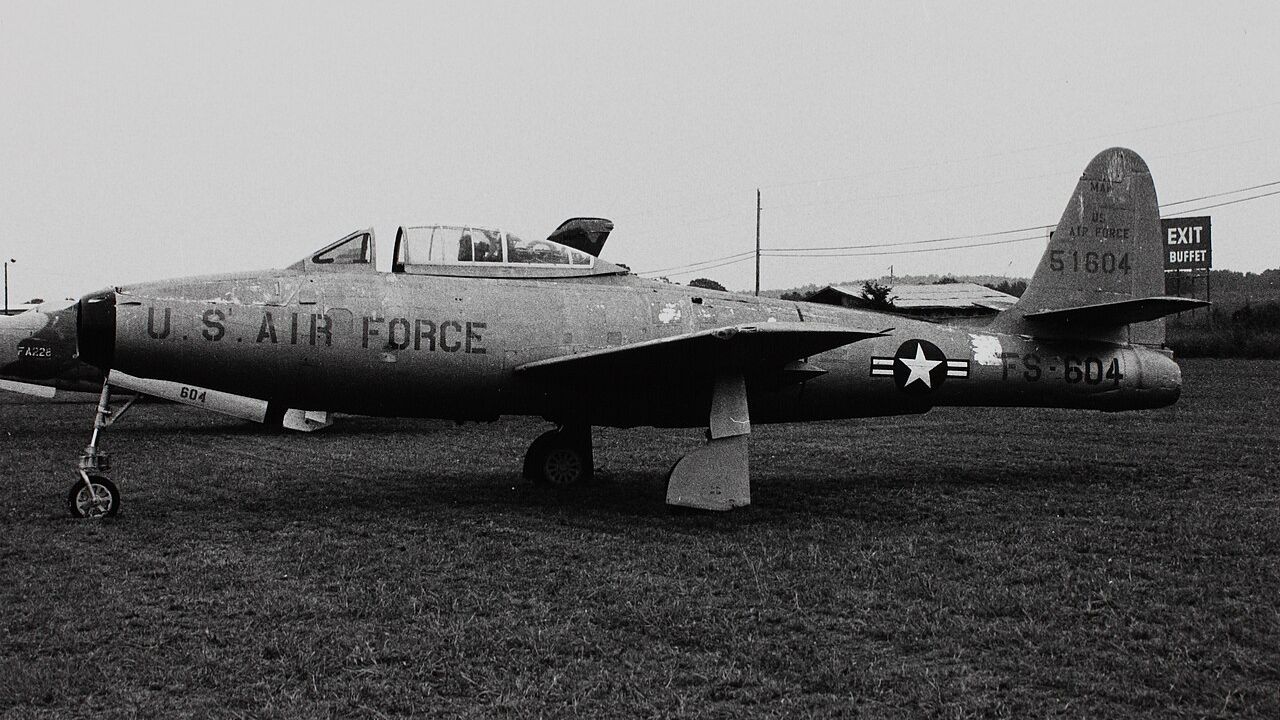
The Republic F-84 Thunderjet was a mainstay of the United States Air Force during the early years of the Cold War. Known for its robustness and reliability, the F-84 served primarily in ground attack roles and as a tactical fighter. Its performance in the Korean War demonstrated its effectiveness in various combat scenarios, including as a bomber escort and in close air support missions.
One of the standout features of the F-84 was its ability to carry nuclear weapons, making it a crucial component of the USAF’s strategic capabilities. Its adaptability for different missions and theaters of war solidified its place in aviation history as a versatile and dependable aircraft.
North American F-86 Sabre
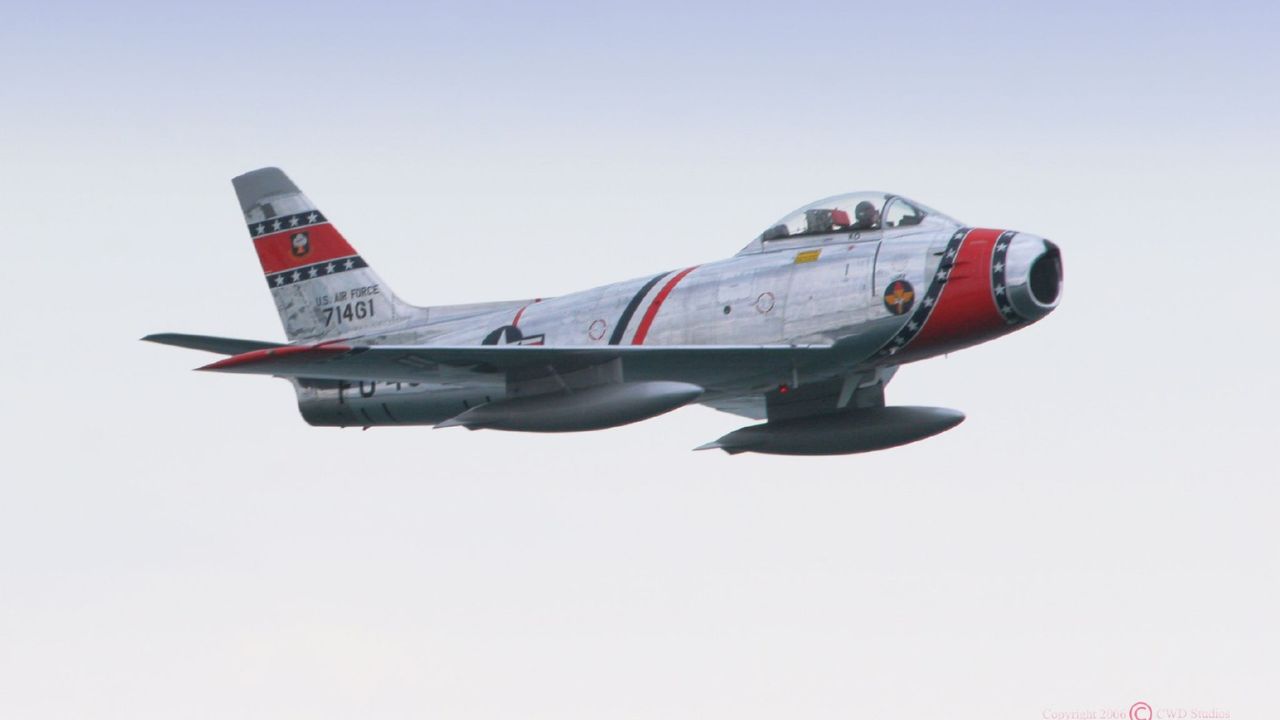
Regarded as one of the most successful jet fighters of the Korean War, the North American F-86 Sabre was renowned for its agility and speed. It was the first American aircraft to feature swept wings, which enhanced its aerodynamic performance and allowed it to compete effectively against Soviet MiG fighters.
The F-86’s advanced radar and weapon systems gave it a significant edge in air-to-air combat, resulting in a superior kill-to-loss ratio during the Korean conflict. Its impact on air combat tactics and jet fighter design continues to be acknowledged by aviation historians and enthusiasts.
de Havilland Vampire
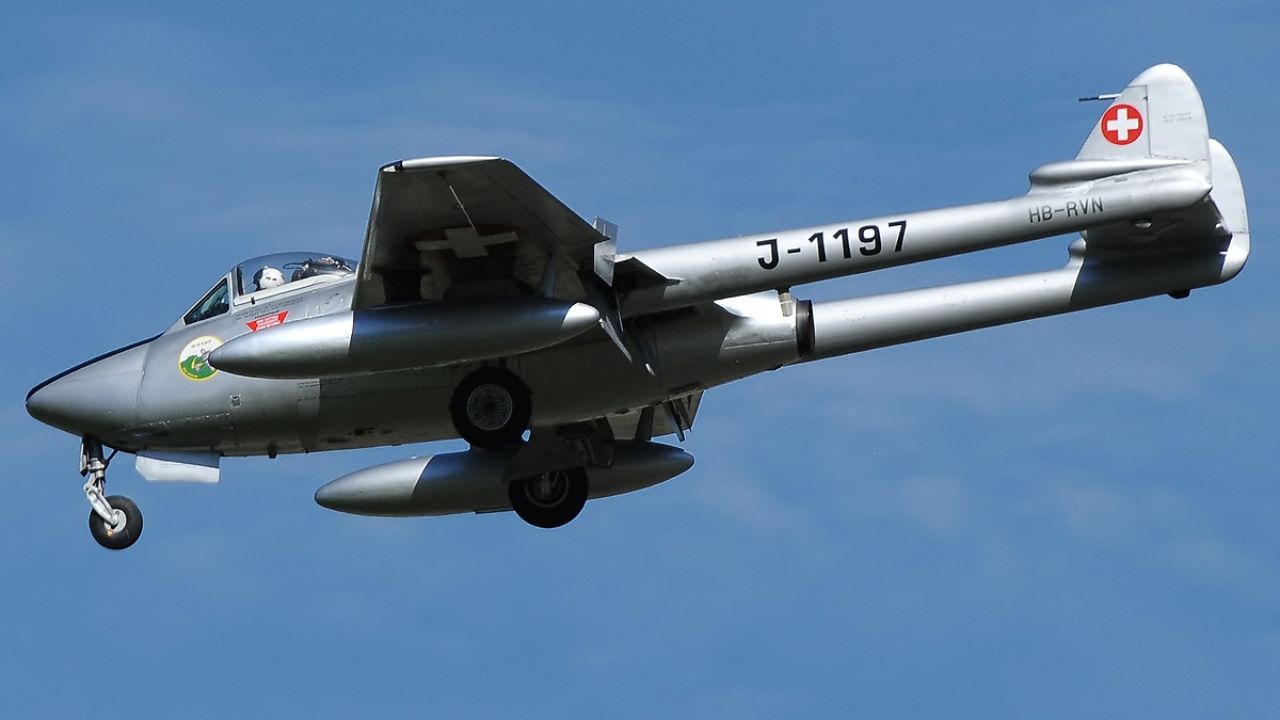
The de Havilland Vampire was one of the first jet fighters to enter service with the Royal Air Force after World War II. Its distinctive twin-boom design and innovative engineering made it a standout aircraft of its time. The Vampire’s versatility allowed it to serve in a variety of roles, from fighter-bomber to reconnaissance missions.
Introduced in the late 1940s, the Vampire saw service with numerous air forces worldwide, contributing to its widespread influence. Its development marked a significant step in the transition from piston-engine fighters to jets, setting the stage for future advancements in military aviation.
Mikoyan-Gurevich MiG-15
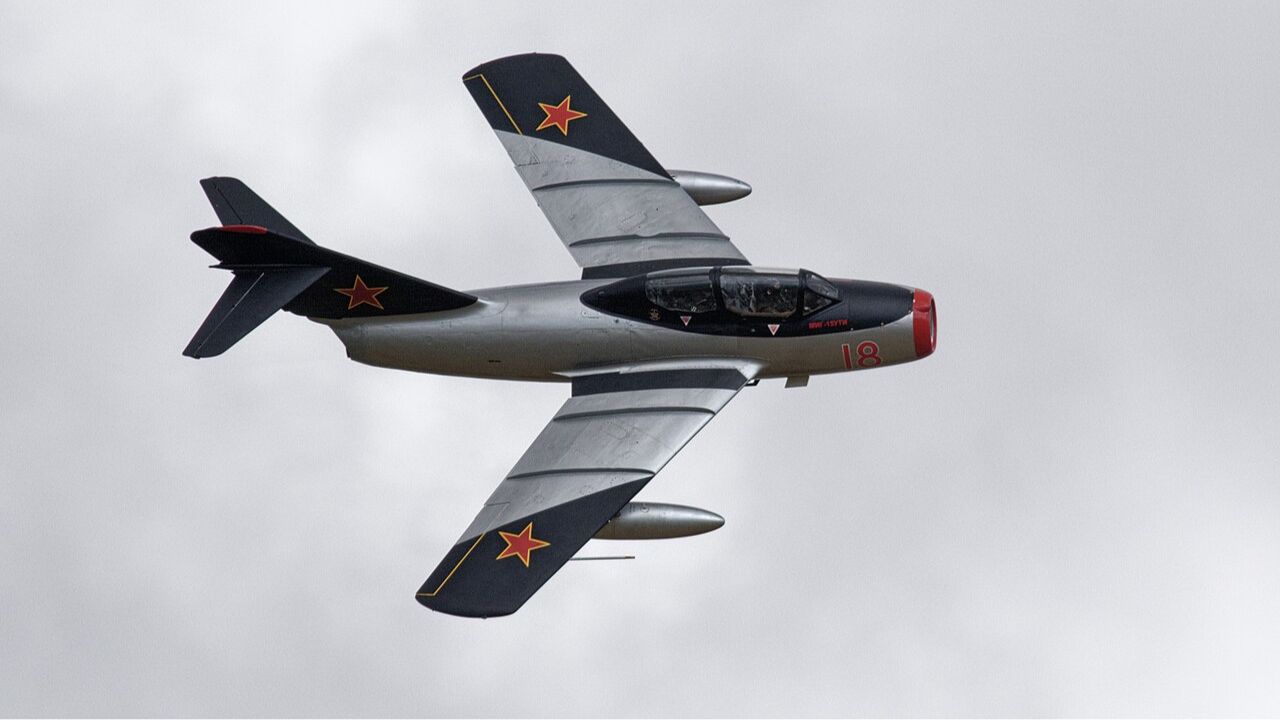
The Mikoyan-Gurevich MiG-15 was a game-changer in aerial combat, particularly noted for its role in the Korean War. Its swept-wing design and powerful turbojet engine allowed it to achieve high speeds and altitudes, making it a formidable opponent for Western aircraft.
Equipped with heavy armament, including cannons and rockets, the MiG-15 excelled in dogfights and intercept missions. Its introduction challenged Western air superiority and spurred significant advancements in jet fighter technology and tactics. The MiG-15’s influence extends beyond its combat service, as it paved the way for future MiG developments.
Hawker Hunter
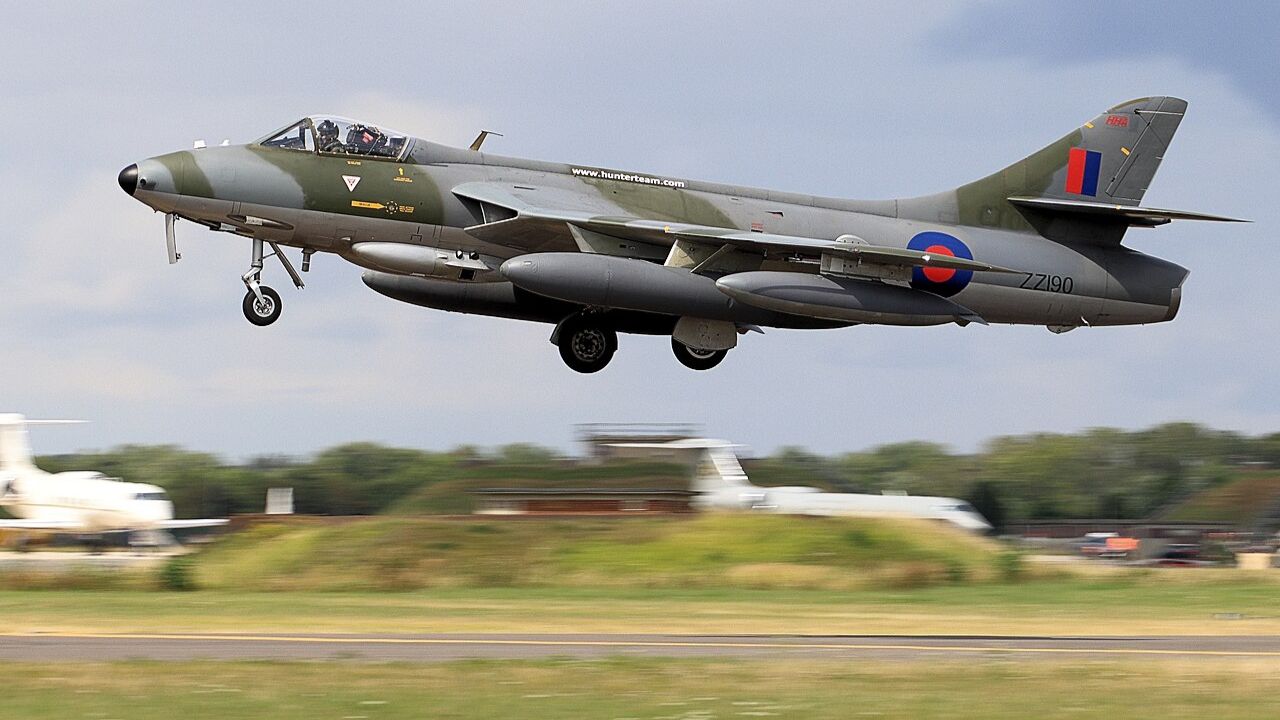
The Hawker Hunter was one of the most successful British jet fighters of the 1950s and 60s. Known for its sleek design and excellent maneuverability, the Hunter served with distinction in several conflicts, including the Suez Crisis and the Indo-Pakistani War.
Its versatility allowed it to perform a wide range of missions, from air superiority to ground attack. The Hunter’s legacy is reflected in its long service life and the numerous countries that adopted it into their air forces. The aircraft’s design principles continue to influence modern fighter development.
Saab 29 Tunnan
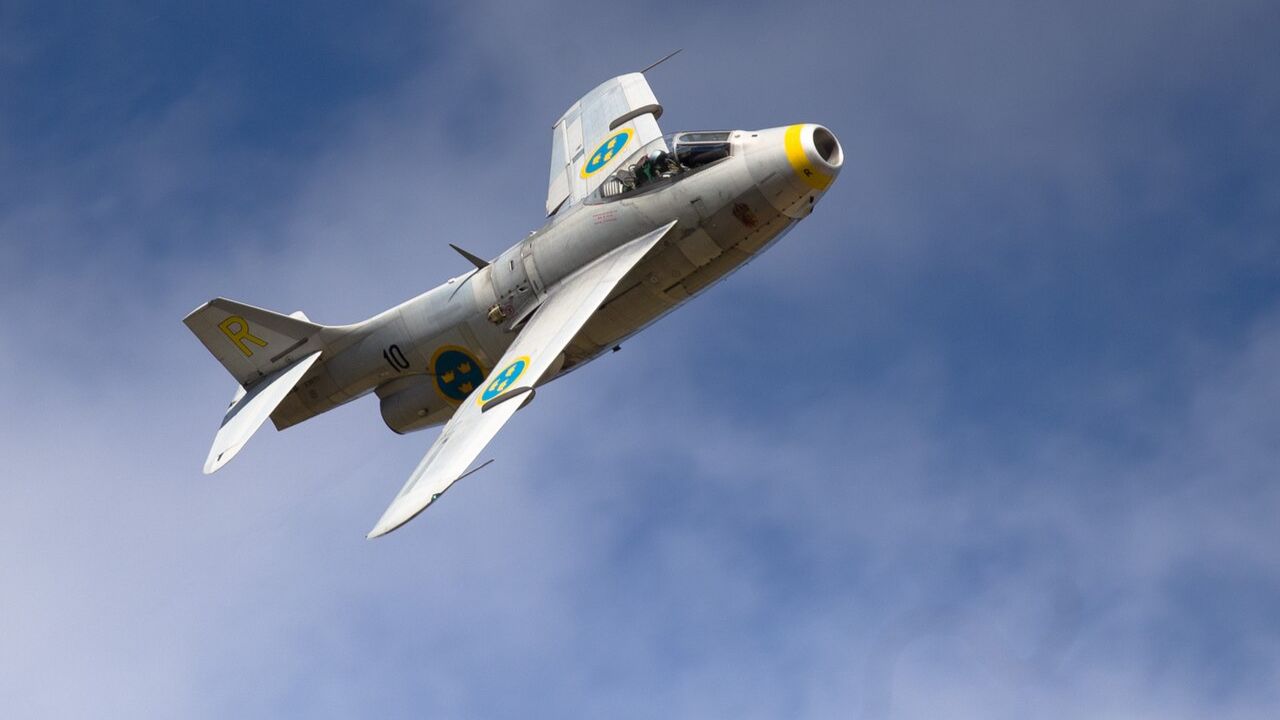
The Saab 29 Tunnan was Sweden’s first production jet fighter and marked a significant leap in the nation’s aviation capabilities. Its distinctive barrel-shaped fuselage earned it the nickname “Flying Barrel,” but its performance was anything but ordinary. The Tunnan was one of the first European jets to incorporate a swept-wing design, enhancing its speed and agility.
Serving with the Swedish Air Force, the Tunnan demonstrated impressive combat capabilities and adaptability. It played a crucial role during the 1950s and 60s, showcasing Sweden’s ability to produce advanced military technology independently.
Gloster Meteor
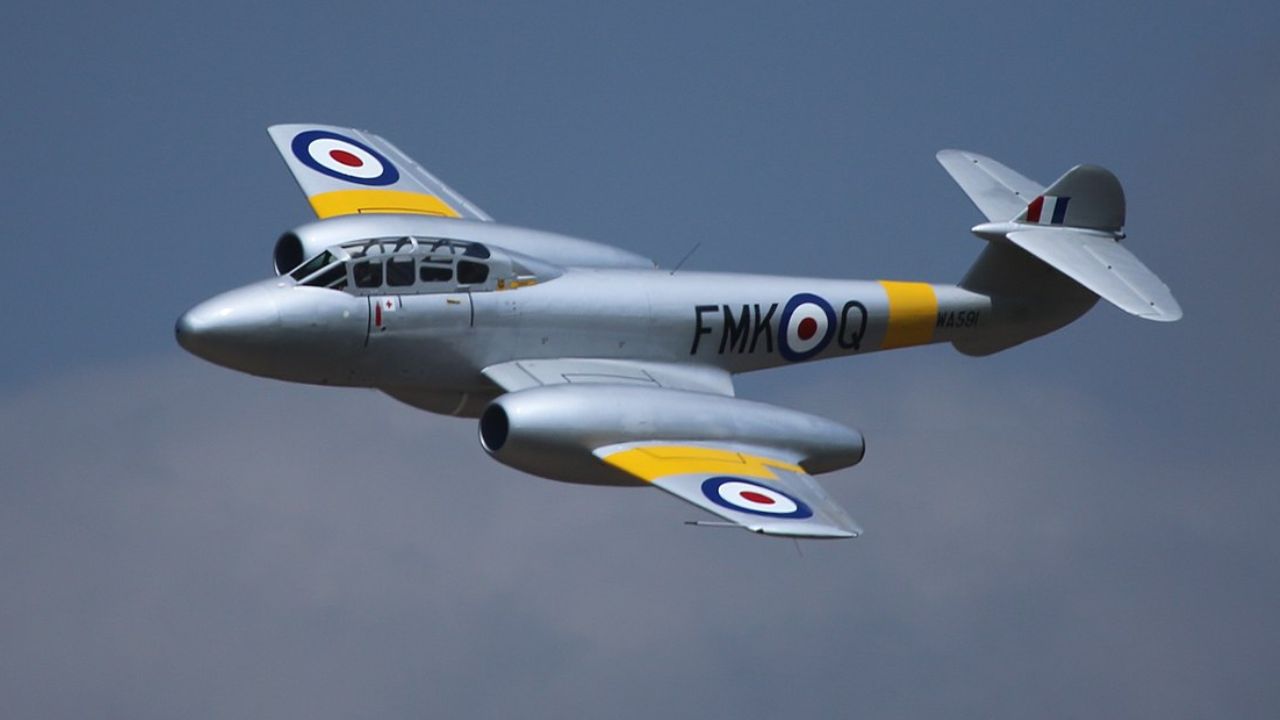
The Gloster Meteor holds the distinction of being the first British jet fighter and the only Allied jet to see combat during World War II. Its introduction marked the beginning of a new era in aviation, as it successfully intercepted German V-1 flying bombs and provided valuable experience in jet operations.
Though its performance was initially limited compared to its piston-engine counterparts, the Meteor’s development laid the foundation for future jet designs. Its service in various air forces around the world, along with its role in setting numerous speed records, solidifies its place in aviation history.
Like Fast Lane Only’s content? Be sure to follow us.
Here’s more from us:
*Created with AI assistance and editor review.

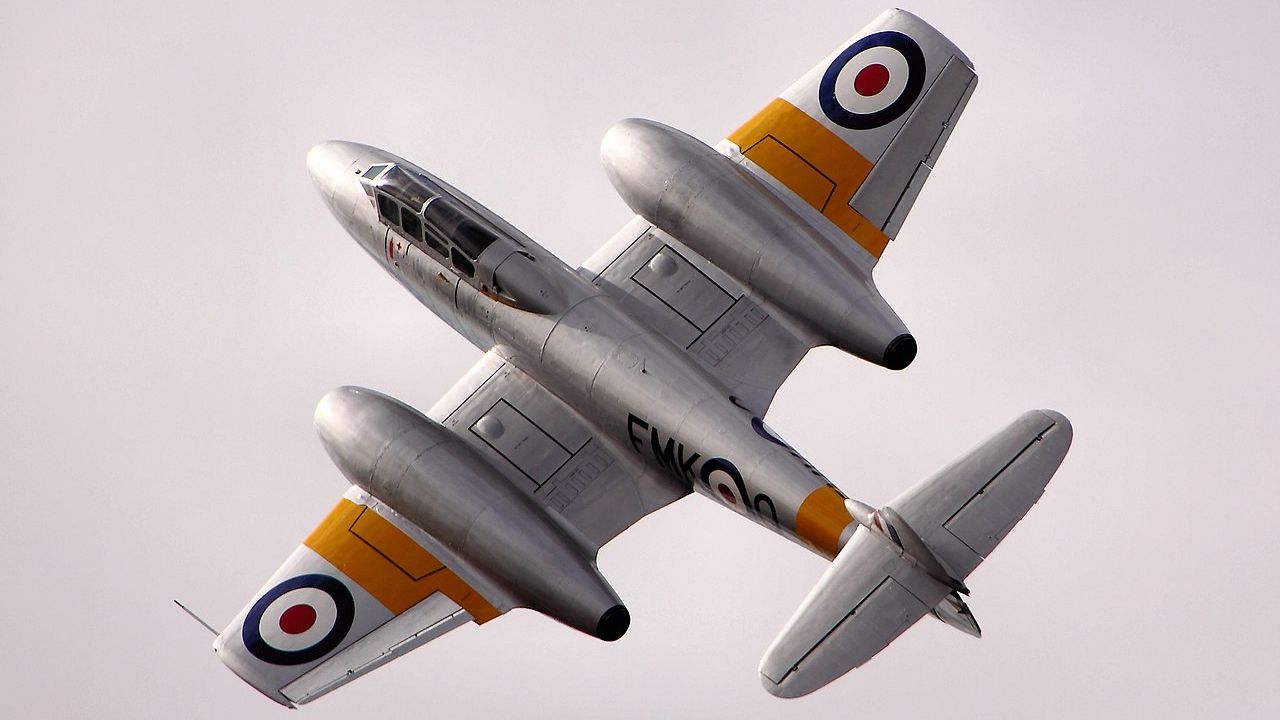
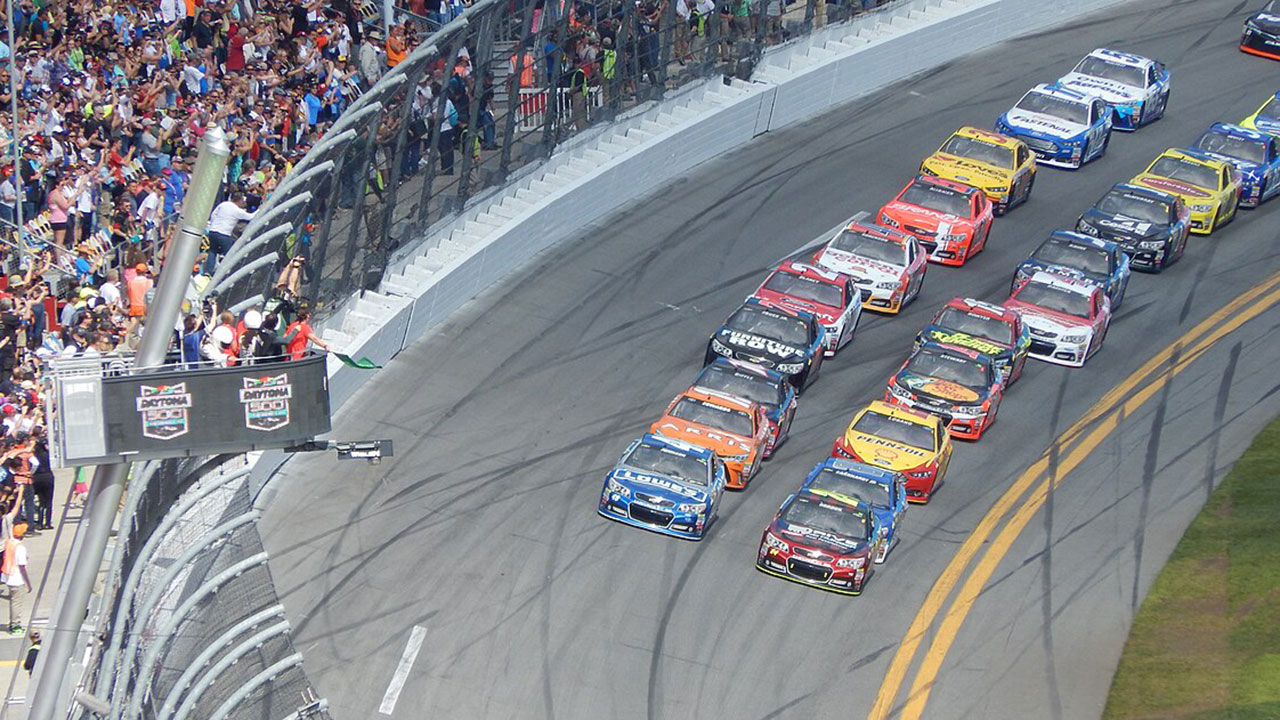
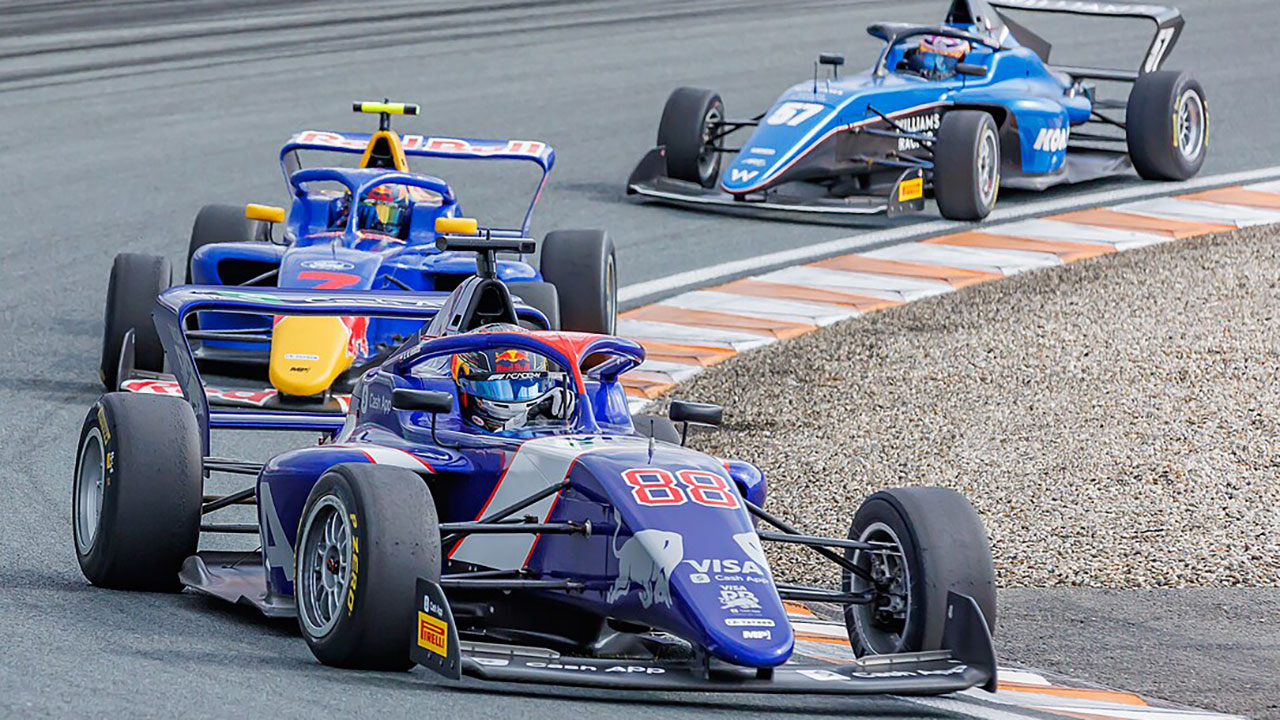
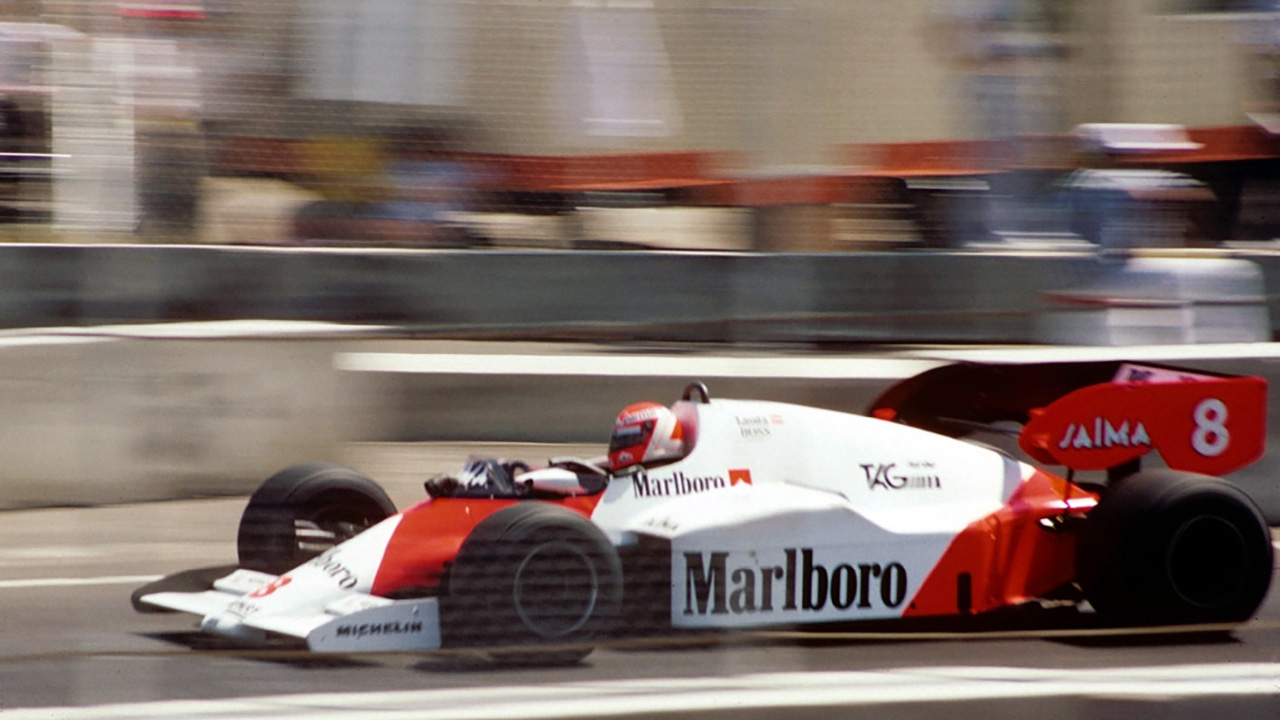
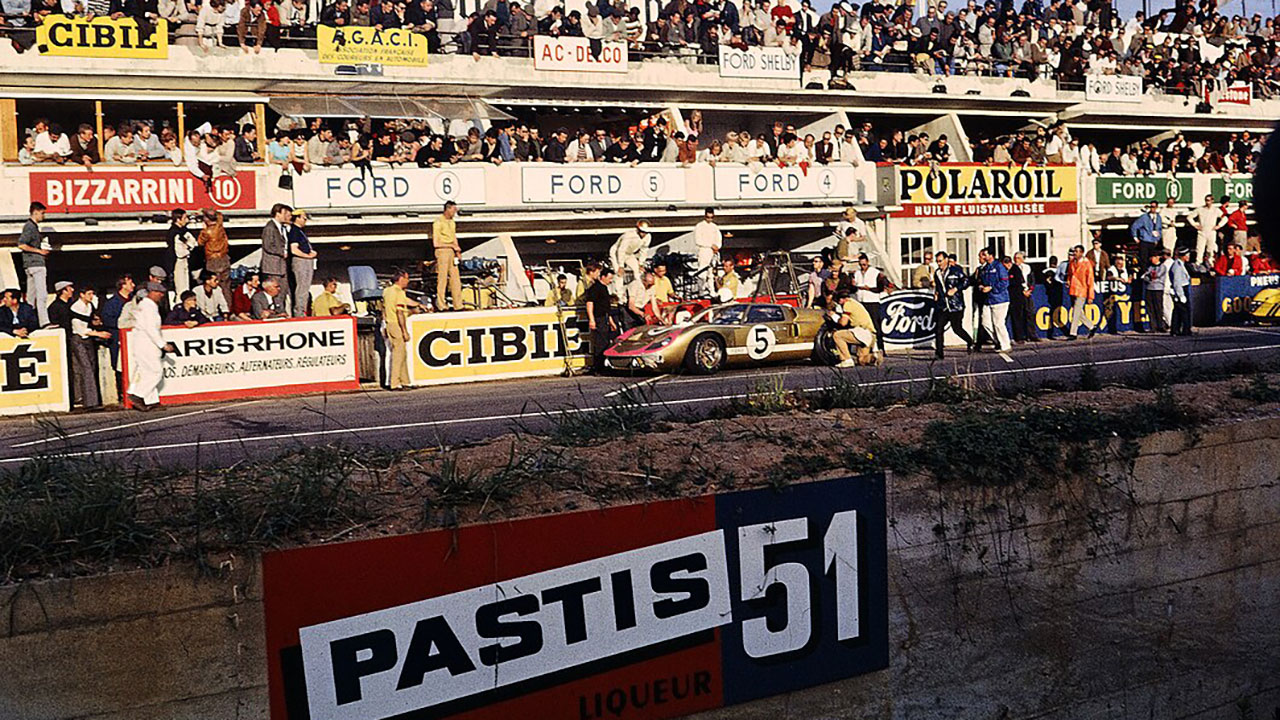
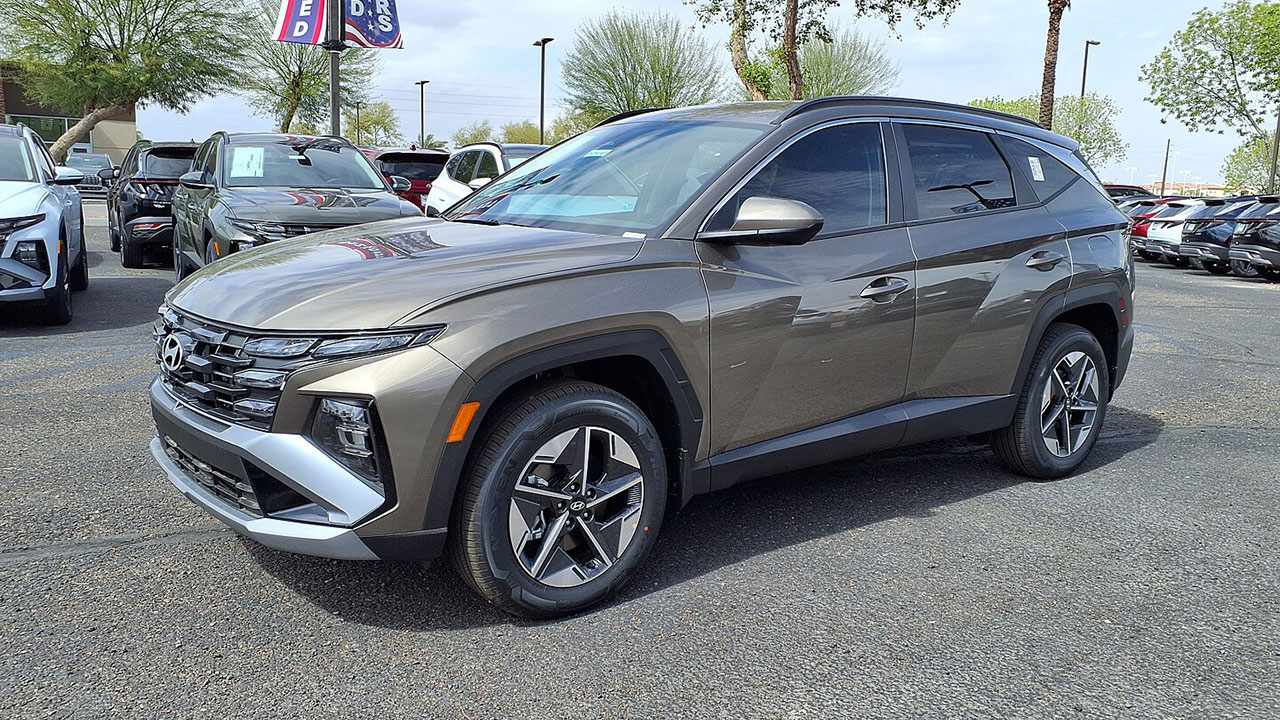
Leave a Reply